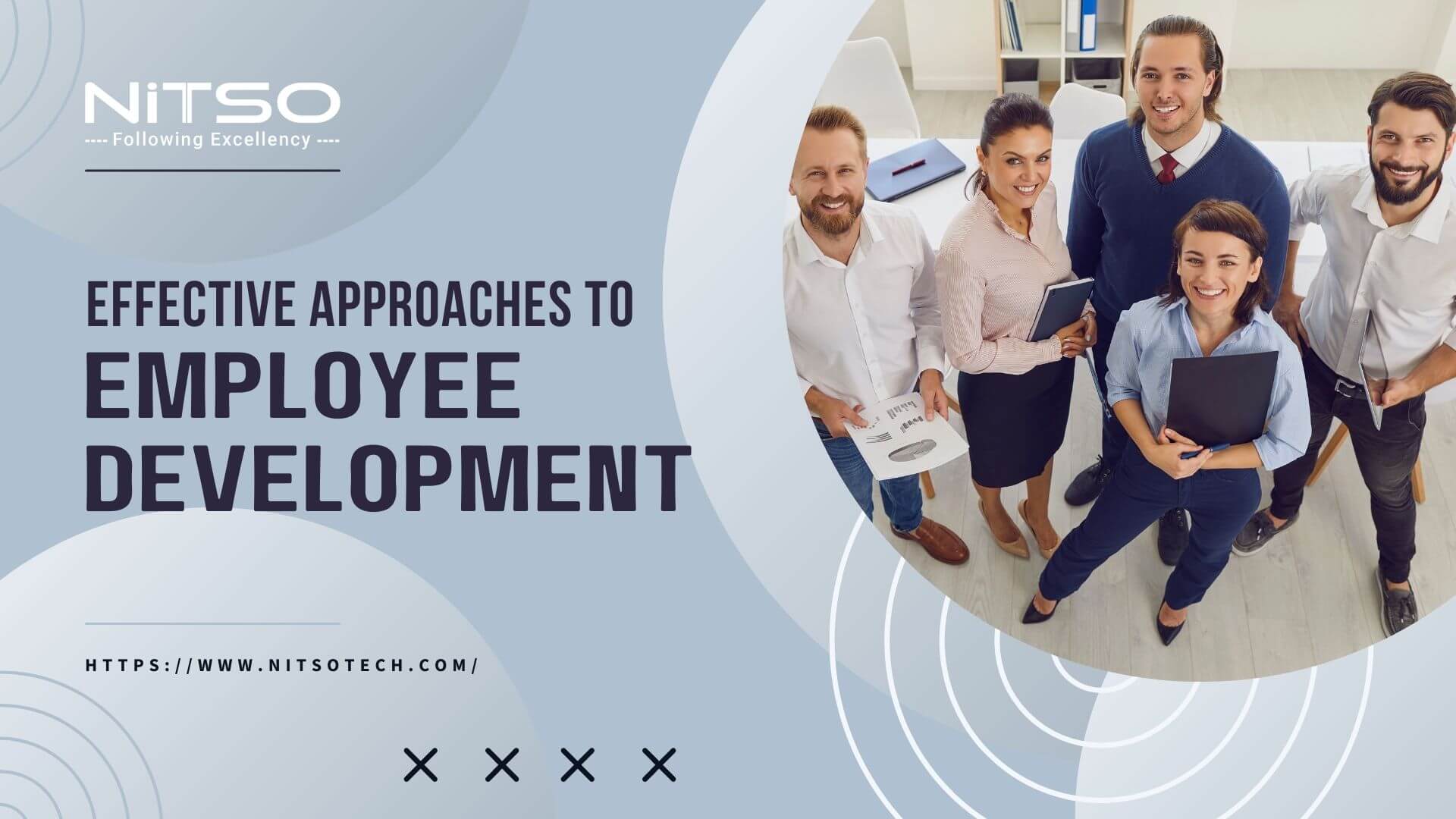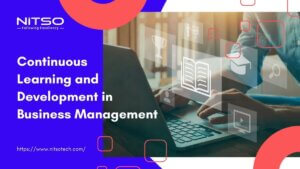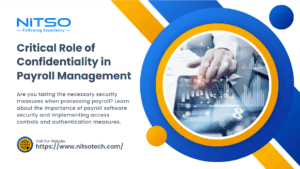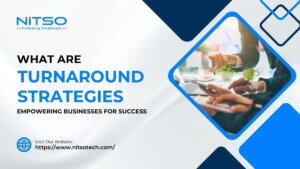Integrating effective measures designed for boosting employee capabilities has become a necessity within modern-day businesses globally – now more than ever before. From enhancing employee performance to overall organization enhancement, committing resources towards employing developmental programs can have superior outcomes from a Human Resource Management perspective. This article will examine different approaches related to employee development while discussing the advantages of incorporating such measures within any organization’s structure alongside practical guidelines.
Table of Contents
What is Employee Development in HRM?
The significance of employee development cannot be overstated. Employee development in HRM refers to the process of improving the knowledge, skills, and abilities of employees in an organization. Companies that invest in staff training create a thriving culture where employees feel empowered to grow as professionals while developing new skill sets that result in improved job performance outcomes over time- ultimately leading towards better organizational success rates overall!
Employee Development Methods in HRM
In order to encourage employee development in HRM, organizations can utilize a variety of methods, such as:
- On-the-job training: By continuously improving employee skills through on-the-job learning experiences.
- Off-the-job training: attending workshops, seminars, and other training programs that are not directly related to the employee’s current job responsibilities.
- Job rotation: the temporary transfer of employees to different positions within the organization, providing them with exposure to different roles and responsibilities.
- Coaching and mentoring: the provision of guidance and support by experienced professionals to help employees develop their skills and abilities.
- E-learning: the use of digital technology to deliver training programs and educational content.
What are the five Approaches to Employee Development?
There are five approaches to employee development that organizations can adopt, namely:
- Formal education and training: structured programs aimed at developing specific competencies, such as workshops, seminars, and online courses. Examples include workshops on project management, seminars on customer service, and online courses on data analysis.
- Informal learning: Learning doesn’t always happen according to a set curriculum – sometimes we pick things up through more casual means. Informal learning is one such approach that relies on non structured approaches like self study or peer to peer collaboration. For example, you might be engaged in informal learning if you’re reading relevant literature on your own time or participating in knowledge-sharing sessions with colleagues.
- Job experiences: the acquisition of skills and knowledge through challenging job assignments, job shadowing, and stretch assignments. Examples include job shadowing senior executives, stretch assignments to take on new roles, and opportunities to work on cross-functional teams.
- Interpersonal relationships: the development of skills and knowledge through coaching, mentoring, and networking. Examples include coaching sessions with experienced professionals, mentorship programs pairing junior employees with senior ones, and networking opportunities at industry events.
- Assessment and feedback: the use of performance evaluations, 360-degree feedback, and other HRMS tools to provide employees with feedback on their strengths and areas for improvement. Examples include performance evaluations that provide feedback on strengths and areas for improvement, 360-degree feedback that involves input from multiple stakeholders, and development plans based on individual feedback.
Benefits of Employee Development in HRM
The benefits of employee development in HRM are manifold. It can:
- Improve employee retention by providing opportunities for career growth and development.
- Increase job satisfaction and motivation by allowing employees to acquire new skills and knowledge.
- Enhance skills and knowledge by providing structured learning opportunities.
- Improve performance and productivity by providing the necessary tools and knowledge to succeed.
- Enable succession planning and career development by providing a pool of qualified employees to take on leadership roles.
Article you might be intrested in Top 5 Amazing Benefits of using Payroll Software

Steps in the Employee Development Process in HRM
The employee development process in HRM typically involves the following steps:
- Assessment: Identifying the employee’s current skills, knowledge, and abilities.
- Planning: Develop a development plan that outlines the employee’s learning goals.
- Execution: Providing the necessary resources and support to enable the employee to achieve their learning goals.
- Evaluation: Evaluation allows us to identify strengths as well as weaknesses while providing insight into what needs improving.
- Continuous improvement: Incorporating feedback and making adjustments to the development plan to ensure ongoing improvement.
Conclusion
In conclusion, employee development represents a fundamental component of HRM that provides workers with opportunities for advancement by enabling them to acquire new skills, improve job efficiency or work toward career objectives. By following diverse approaches tailored towards this goal, organizations can facilitate employee success within their organization. By investing in learning opportunities for employees companies foster long-term success as they remain competitive despite changing industry trends.
FAQs Related to Employee Development in HRM
Why is employee development important in HRM?
As an HR professional or manager prioritizing employee development is a smart move for your organization. As team members improve their skills and deepen their knowledge base with training opportunities, businesses will see major improvements across several key factors- including productivity, job performance quality, and employee engagement rates on the rise too- all without sacrificing an ounce of quality or efficiency along the way. Ultimately this leads towards creating a company culture where continuous improvement becomes infused into everything we do- fostering long-term success for everyone involved!
What are some common employee development methods used in HRM?
Some common employee development methods used in HRM include on-the-job training, coaching and mentoring, job rotation, e-learning, classroom training, conferences and workshops, and career development programs.
What are the benefits of employee development in HRM?
The benefits of employee development in HRM include increased employee productivity and engagement, improved job satisfaction and retention, enhanced organizational performance, and competitive advantage through a highly skilled and knowledgeable workforce.
What are the five approaches to employee development in HRM?
The five approaches to employee development in HRM are self-directed learning, experiential learning, formal education and training, job enrichment and rotation, and coaching and mentoring.
How can organizations implement an effective employee development program?
Organizations thrive on engaged employees committed to delivering excellent results through constant improvement of skills and abilities. To achieve this, implementing an effective employee development program is fundamental to success. In identifying areas requiring employee training, organizations can accurately establish goals and objectives that boost performance levels across all organizational units. Supporting resources enable engaged learning while appropriate training techniques ensure optimal outcomes are achieved within set timelines.
How can organizations evaluate the effectiveness of their employee development program?
As companies continue to invest in employee development programs, it is essential they consider whether they’re really achieving results. Some key indicators of success are changes in performance and productivity levels amongst employees; improved engagement figures; better staff retention rates; constructive feedback from workers; as well as a clear return on investment for any financial outlay on training initiatives.
What is the role of HR in employee development?
HR’s contribution to employee development is essential. This entails recognizing employee developmental requirements, devising and executing training schemes that cater to those specific needs, and managing the learning phase while measuring its effectiveness against predetermined standards of success. Lastly providing support and resources to continue professional development.
How can employees take ownership of their own development?
Employees can take ownership of their own development by identifying their own learning needs and objectives, seeking out training and development opportunities, setting personal development goals, and actively engaging in the learning process.
How can organizations balance employee development with other business priorities?
Organizations can balance employee development with other business priorities by aligning development goals with overall business objectives, selecting training methods that are efficient and cost-effective, prioritizing development needs based on critical skills and competencies, and regularly evaluating the ROI of development investments.








0 Comments